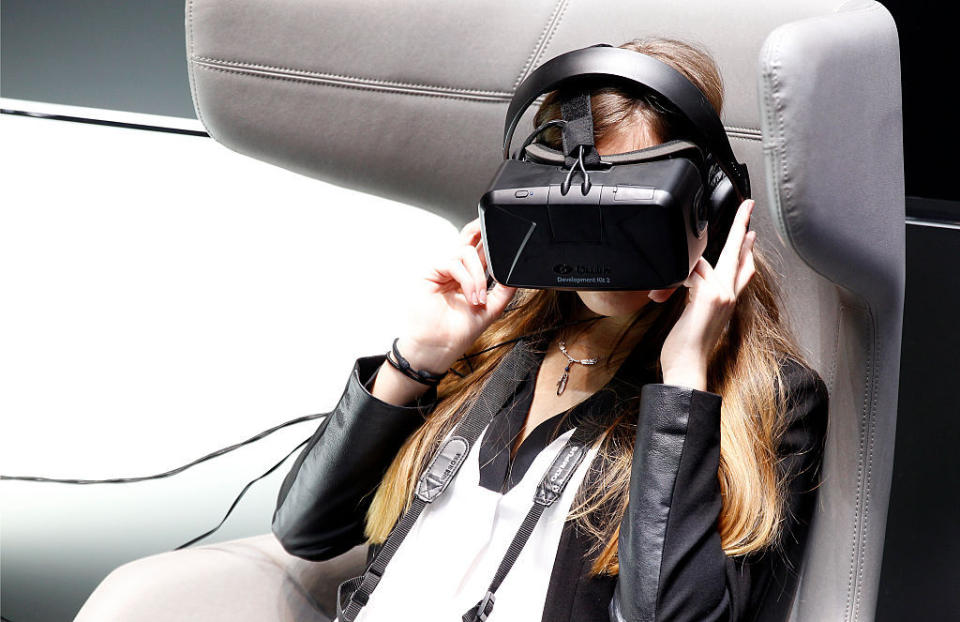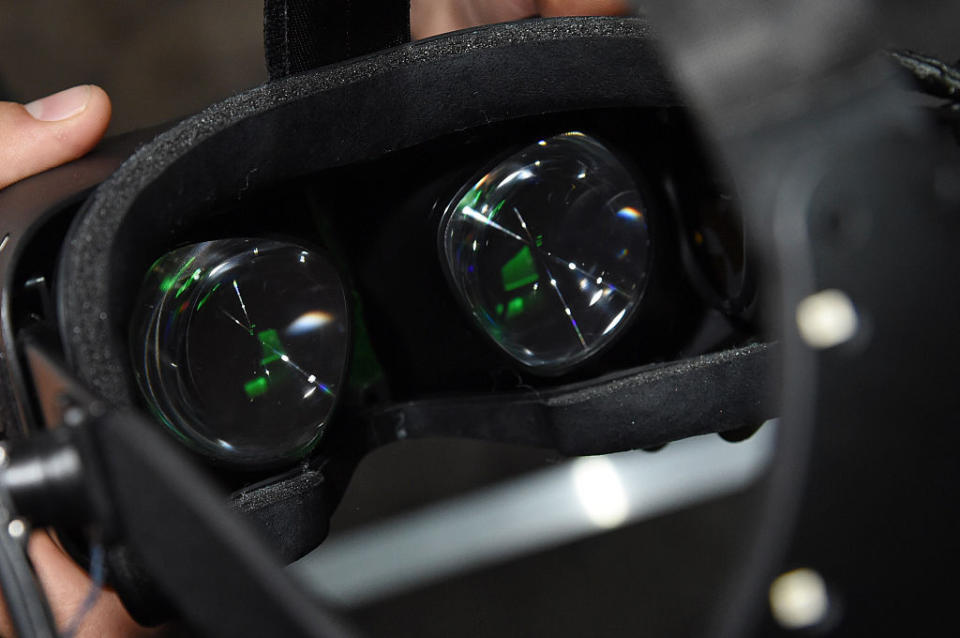Virtual Reality Will Deliver Sights, Sounds, Smells Of Auto Racing

You’re in Monaco, watching the Formula One Grand Prix. In the grandstand you’re sat next to an old college friend whom you haven’t seen in years. The sound of race cars fills the air, the warm Mediterranean breeze reeking of burning rubber and money. Moments later you’re in pit lane, witnessing a pit stop from Ferrari’s timing stand. Next, you’re aboard that very same red missile, flashing through the famed tunnel at 200 mph—the noise all-encompassing, the velocity thrilling.
In the future, virtual reality will make this possible—right from your own living room.
It’s no secret that auto racing is struggling. Both F1 and NASCAR have seen declining TV and attendance figures, sports car racing barely registers to a mainstream audience, and the Indy 500’s ratings on ABC are lower than an episode of Scandal.
Online forums are filled with suggestions to bring motorsports back into the limelight, and indeed I recently wrote about a fundamental recalibration of IndyCar racing that might help. But the sport’s true savior—peering deep into the future—could lie in the hands of a technology that has only just begun penetrating the market.
Experts predict that within half a century, the capability of virtual reality will be so realistic it will remain difficult to discern what’s real and what’s not. The goal is total immersion, or telepresence, where a person is effectively transported from their living room to someplace else—be that Paris in the fall, a spaceship on Mars, or the Daytona 500.

This transportation won’t just be visual. Jean-Louis Dautin, the director of the VR technology center CLARTE, said: “Virtual reality in 50 years is the illusion that is perfect in all senses, whereby we can do everything as if everything around us were real. That means physical sensorial feedback, impeccable audio-spatial feedback, even odors.”
Combined will be the ability to virtually interact with others, such as a friend watching from his or her couch the other side of the world. In an instance, you could be sat next to each other on the Mulsanne Straight at Le Mans, smelling the exhaust fumes (if its not all-electric) and the sausages grilling from the adjacent food truck.

How, exactly, we turn today’s VR headsets—like Oculus Rift (Sony and HTC both have versions upcoming)—into a totally immersive experience, where one can smell and to a degree feel things that are happening live across the globe remains to be seen. There’s a wealth of things that need to happen, but not long ago, the ability to Skype from an airplane would have been an impossible dream.
Facebook recently purchased Oculus for $2 billion: “Mobile is the platform of today, and now we’re also getting ready for the platforms of tomorrow,” said CEO and founder Mark Zuckerberg. “Oculus has the chance to create the most social platform ever, and change the way we work, play and communicate.”
“If the VR is done well,” says Jeremy Bailenson, from Stanford’s Virtual Human Interaction Lab, “there’s no technology—there’s no gadgets. This is not about pixels or refresh rate, it’s an experience—there’s complete mental transportation. You forget that you’re even wearing the helmet; you are just mentally transported somewhere else.”

 Yahoo Autos
Yahoo Autos 